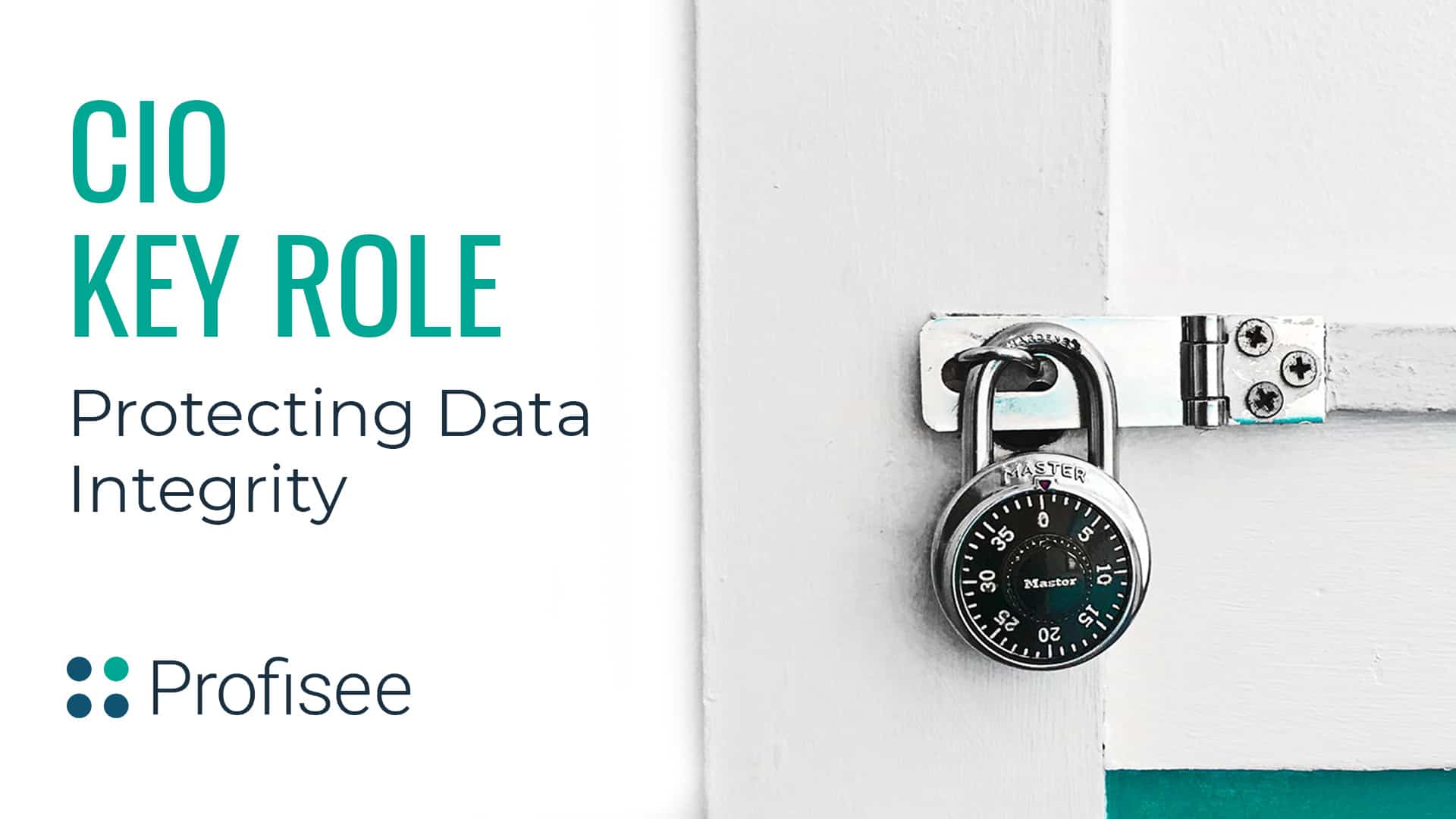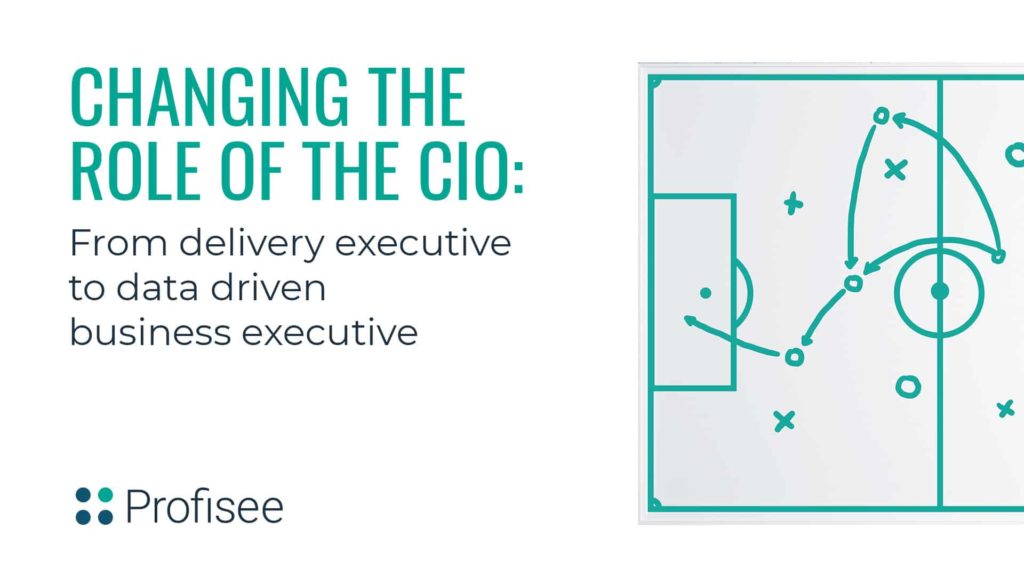Data is at the center of the CIO’s world and in addition to managing the systems that underpin the business, it’s the CIO’s responsibility to assure the integrity of the data their systems collect and use. On a more organizational level, CIOs need to take the lead within their organization in assuring the validity of the data being relied upon to report and forecast activities.
KPMG’s Harvey Nash CIO survey for 2018 has a lot to say about how CIOs think about their jobs, what they are, and should be paying attention to as they maneuver their careers. They understand that organizations are struggling to build their digital capabilities to gain competitive advantages. The report says that trust is the new battleground, saying, “How organizations leverage data is increasingly becoming a source of competitive advantage. But it is also a risk; consumers are only just beginning to wake up to what information organizations hold on them…”
Part of that risk is the accuracy and consistency of the data collected and subsequently how it’s used. Automated systems like chatbots are getting adept at interpreting the data they access but if the data doesn’t match up with reality, users lose trust in the systems. “Given the amount of data organizations are putting into data warehouses, if you’re the CIO,” says Fred Rica, a principal in KPMG’s advisory services practice, “one of the big challenges you’re going to have is around data quality — how do I make sure that data is clean and accurate, when you think about all the different sources
of that data?”
Managing the data is key
CIOs have multiple opportunities to manage the enterprise’s data and it should begin at the time of ingestion; when the data is captured and stored before it’s used for anything. Data validation procedures may be standard with applications but those processes themselves need to be monitored and validated to insure what lands in the data pool meets initial standards for viability and compliance with internal
and external rules.
But even when inbound data is valid it needs to be matched against existing data to assure it conforms to enterprise standards to produce a single source of truth that can be relied upon across all eventual applications and uses. Mainframe and legacy systems may need cleansing after the data has been ingested to conform and to resolve formatting and any peculiarities resident in these systems. But even when the data has been conformed there can still be issues with data integrity and consistency that cause problems when different data silos need to converge.
Key Takeaway: It’s the CIO’s responsibility to pursue the causes of disjointed data and continuously test data integrity across the enterprise.
The use of appropriate tools, like master data management software, can give the CIO leverage in not only resolving historical issues, but in staying up to date with new data that will come onboard as new systems and applications are added. Dataversity explains, “Company data delivery teams, charged with empowering a growing army of Data Scientists and Business Analysts with expanded access to Big Data, need to expand their thinking and awareness to consider the whole data marathon, not just the final mile.”
Learn the issues
Every industry has its own set of possible data pitfalls and the CIO needs to understand not only the issues that affect data integrity but how unmanaged and possibly inaccurate data can affect their specific industry. For example, the healthcare sector is subject to multiple regulations from a variety of agencies and bad data can trigger compliance issues.
Russ Branzell, the new CEO of the College of Healthcare Information Management Executives commented in an interview with Healthcareinfosecurity.com, “one of the things you can do with good information security and privacy is you’re actually making sure the right information is getting to the right place at the right time for the right people… how do we ensure that we’re working through this process to make sure we have the right patient at the right place at the right time?”
The accuracy of data collections can cut both ways. As Branzell suggests, perfect data can empower appropriate actions leading to positive outcomes particularly when the right healthcare information is delivered when and where it’s needed. But more dire consequences can emerge when the physician gets the wrong information about their patient causing mistreatment and violating patient privacy rules.
The role of a data integrity chief is rising to the top of the list of CIO responsibilities as data continues to become more diverse, more abundant, and more important to every business segment. The risks to the rest of the business of working with poor data are too great without focus by the CIO on data integrity and a plan to implement
that strategy.

Forrest Brown
Forrest Brown is the Content Marketing Manager at Profisee and has been writing about B2B tech for eight years, spanning software categories like project management, enterprise resource planning (ERP) and now master data management (MDM). When he's not at work, Forrest enjoys playing music, writing and exploring the Atlanta food scene.












